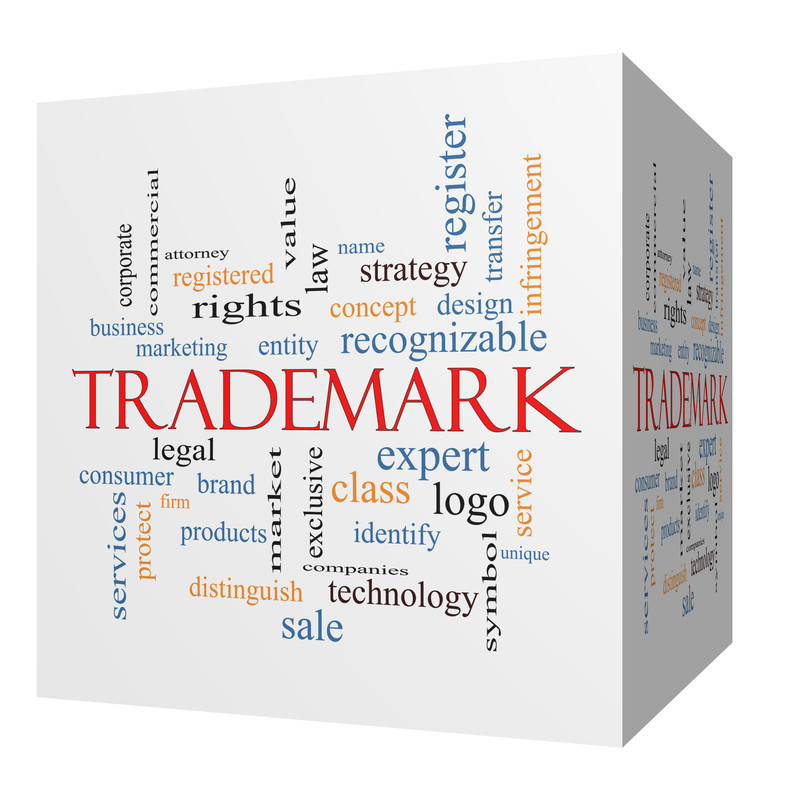
Choosing a Trademark: A Couple of Important Considerations
© 2006, Dawsey Co., LPA
October 2006
If you are thinking about starting up a new business or introducing a new product or service to the market, one of the last things you may have considered is seeking trademark protection for the name of your business, product or service. However, the importance of selecting a trademark cannot be emphasized enough. Often times the trademark you choose will play a role in shaping the consumer’s first impression of the product or service offered by your company. This article will discuss some of the important issues associated with choosing a trademark for your business, product or service.
What is a Trademark?
A trademark can be any word, name, symbol, or device, used, or intended to be used, in commerce to identify and distinguish the goods of one manufacturer or seller from goods manufactured or sold by others, and to indicate the source of the goods. Likewise, a service mark can be any word, name, symbol, or device, used, or intended to be used, in commerce, to identify and distinguish the services of one provider from services provided by others, and to indicate the source of the services. However, it should be noted that it is not important for a consumer of a product to know the name of the company that manufactured the product, only that the product can be distinguished from the products of other companies.
Choosing a Trademark
A. Avoid Likelihood of Confusion
There are a couple of major issues that should be considered when choosing a trademark. First, it is crucial to determine whether or not another entity is already using a trademark that is the same or similar to your proposed trademark in connection with related products or services. This is commonly referred to as the “likelihood of confusion” issue. Likelihood of confusion is the basic test that is used to determine trademark infringement. Under this test, the question to be answered is whether the average purchaser of a product or service would be confused or deceived as to the source of the product or service. It is important to note that the “likelihood of confusion” issue is evaluated with regards to the specific product or service that the trademark identifies. Thus it is possible to have identical trademarks associated with totally unrelated goods or services, such as “EQUAL” for synthetic sweetener and “EQUAL” for a synthetic resinous material for balancing tires.
B. Make Your Mark Distinctive
A second important issue that should be considered is the distinctiveness of your proposed trademark in relation to the goods or services. Trademarks can generally be classified in four categories: generic, descriptive, suggestive, and arbitrary/fanciful. Typically, the strength of a trademark is related to the category in which it falls. For example, arbitrary or fanciful trademarks are very strong, while a trademark that is generic receives no protection.
As its name suggests, a generic term is the common name associated with a type of product and therefore can never receive trademark protection. The policy behind this is that every competitor should be able to describe his goods as what they actually are. Some examples of terms that were found generic include “SUPER GLUE” for strong-bonding, rapid-setting glue and “SURGICENTER” for surgical centers.
Descriptive marks literally describe the product or service. A test that is often used to determine descriptiveness is whether the mark immediately conveys an idea of the ingredients, qualities or characteristics of the goods. Descriptive marks are generally not registrable with the USPTO unless the applicant can show that consumers have learned to associate the mark with a single source, which is known as “secondary meaning” in legal terms. Examples of marks found to be descriptive are “HONEYBAKED” for hams, “TRIM” for manicuring implements, and “ICE” for beer.
A suggestive mark is similar to a descriptive mark, but does not literally describe the product or service. Suggestive marks require some analysis, imagination, thought and perception to determine the nature of the goods or services. Moreover, suggestive marks do not require a showing of secondary meaning to receive protection. Some examples of suggestive marks are “GREYHOUND” for bus services, “JAGUAR” for automobiles, and “COPPERTONE” for suntan lotions.
Finally, arbitrary and fanciful marks are very strong and typically receive a great deal of protection. Arbitrary marks are common words that are applied in an unfamiliar context, such as “APPLE” for computers, “CAMEL” for cigarettes, and “ORACLE” for software. On the other hand, fanciful marks are coined (made-up) terms that do not have a dictionary meaning, such as “KODAK” for film, “LEXUS” for automobiles, “ROLEX” for watches, and “XEROX” for copiers.
Conclusion
Before expending large amounts of time and money on advertising and marketing for a new product or service, a business should consider the points set out above. As to the likelihood of confusion issue, a comprehensive trademark search should be performed to determine whether another entity is already using a mark similar to the proposed mark in association with similar or related goods. When choosing a trademark, the distinctiveness of the mark should be a major consideration. From a purely legal perspective, it is best to choose a mark that is arbitrary or fanciful. If at all possible, businesses should stay away from trademarks that are descriptive of their goods or services, since descriptive marks are more difficult to register and protect.
